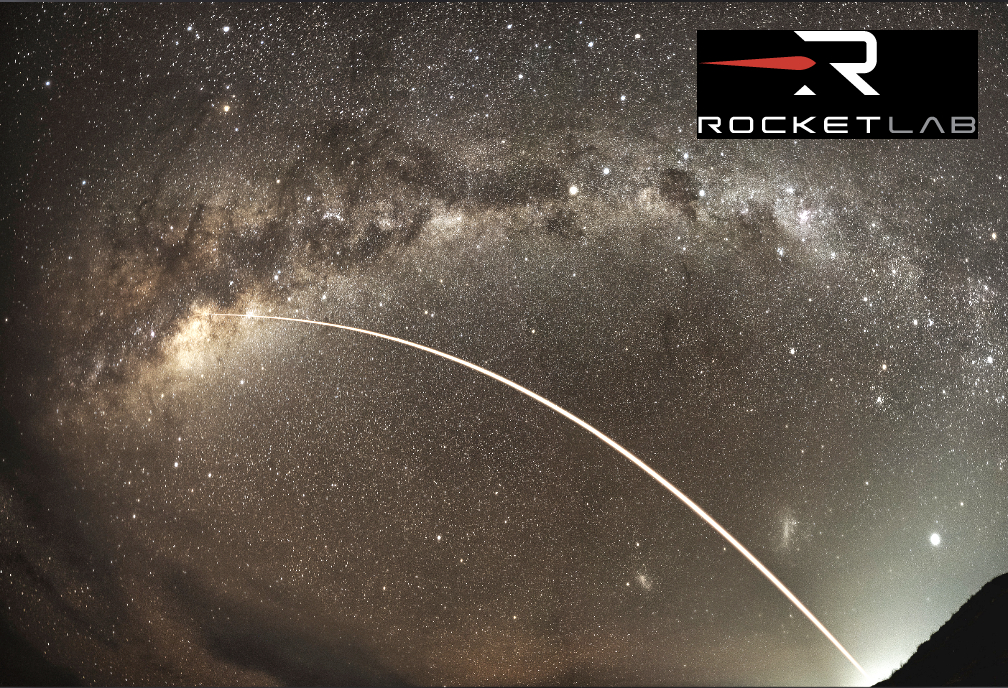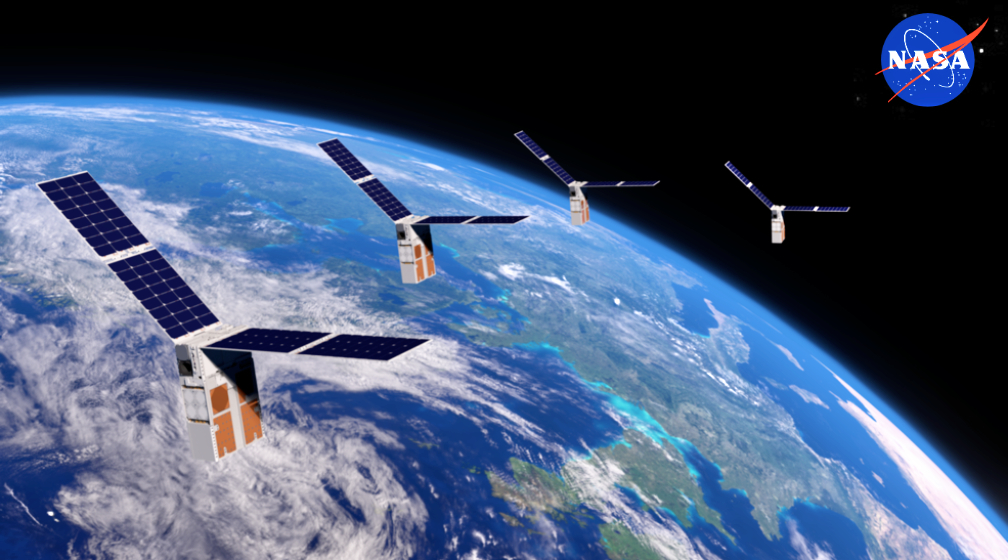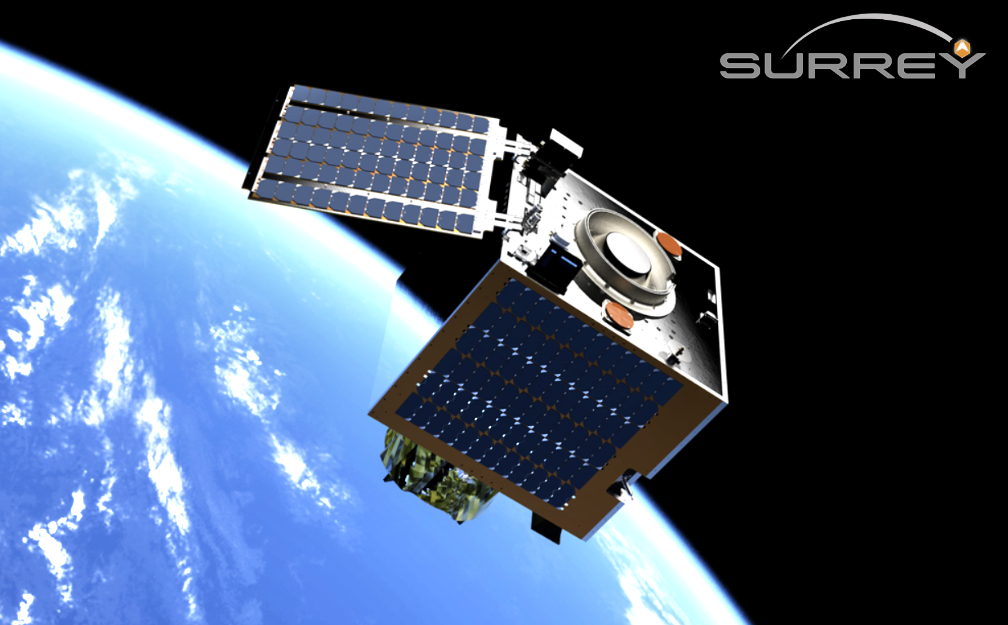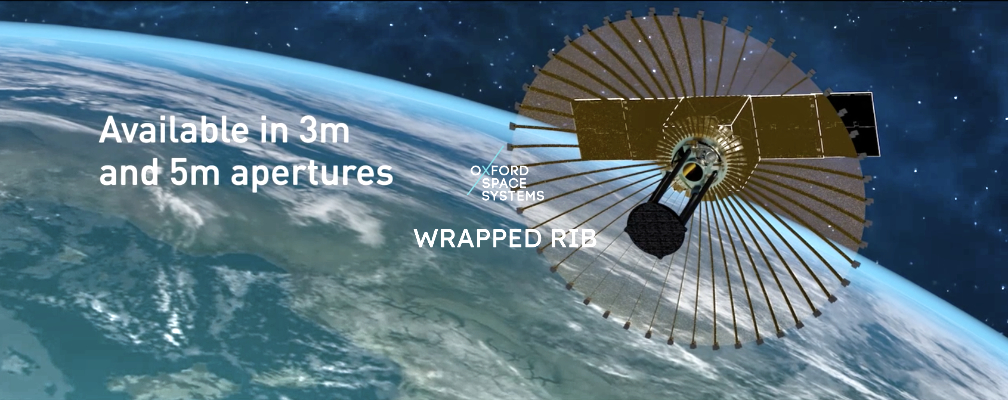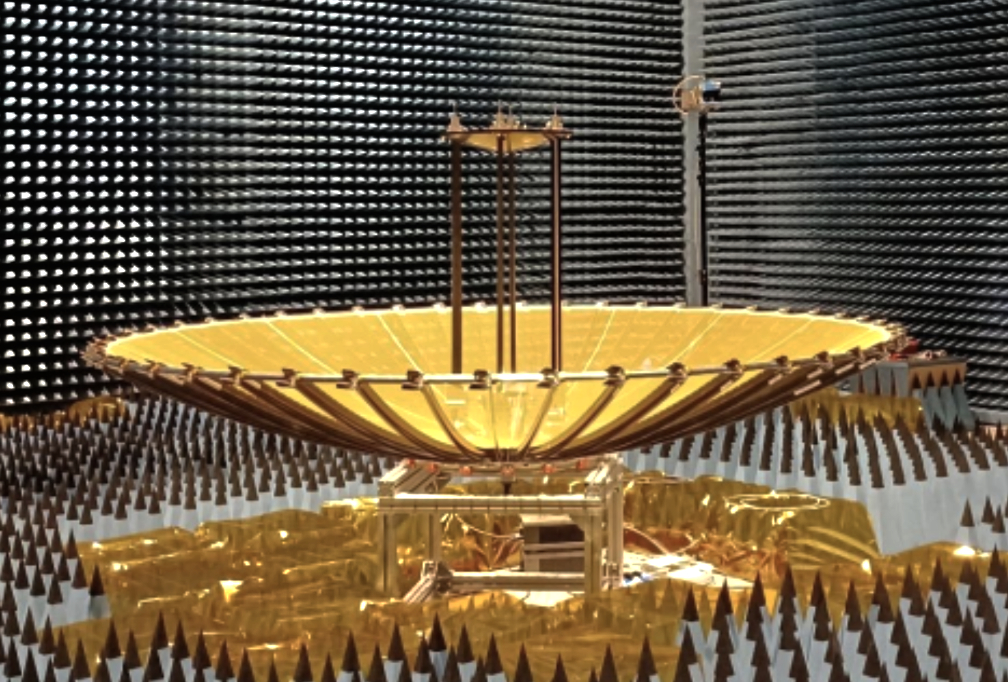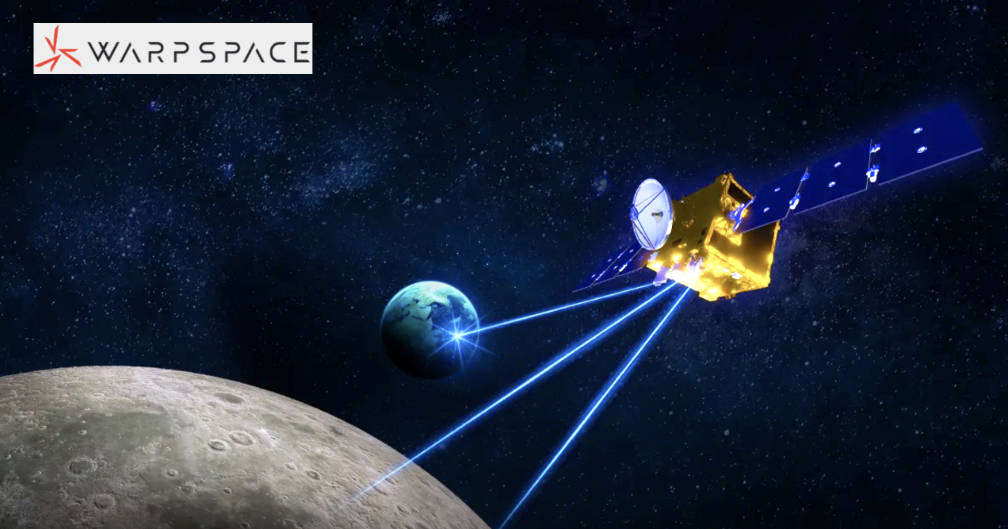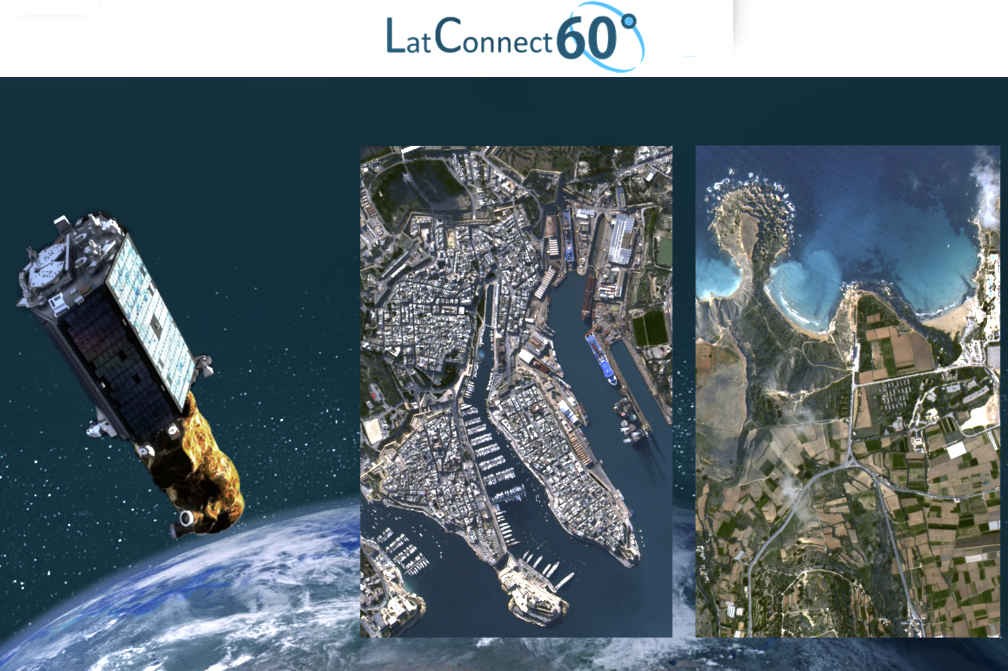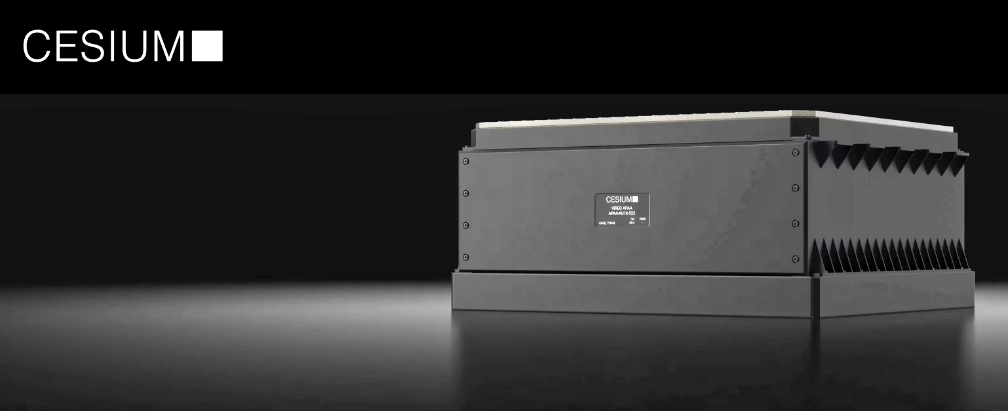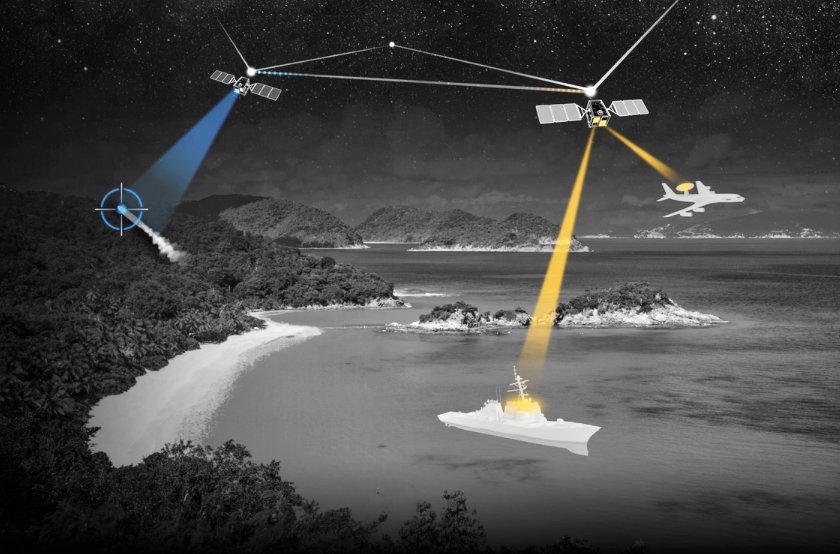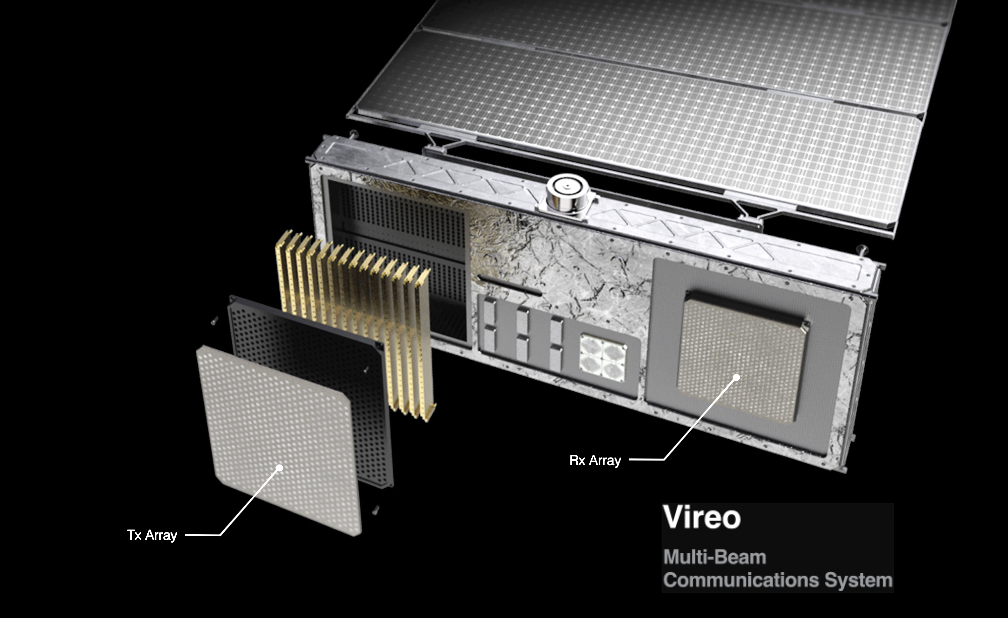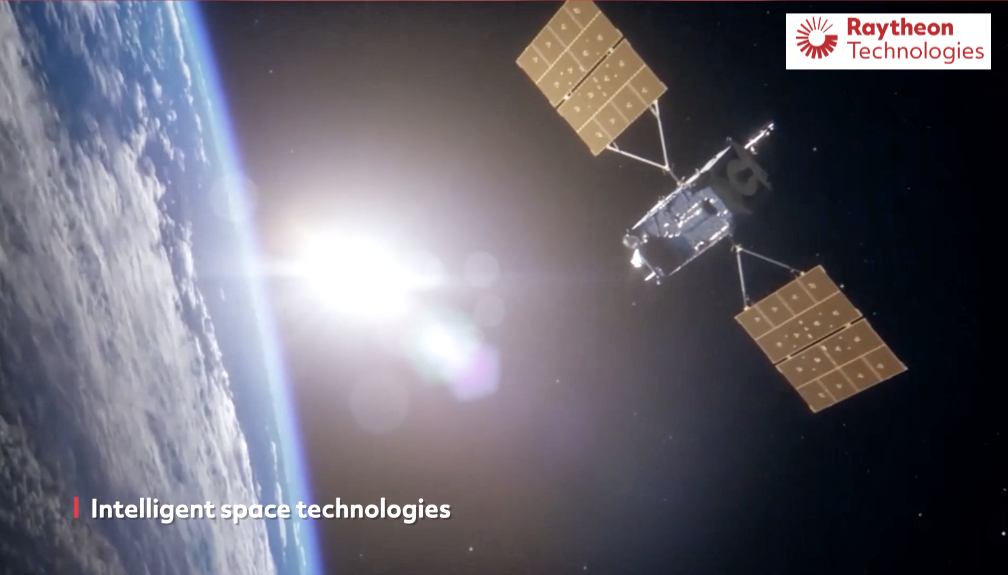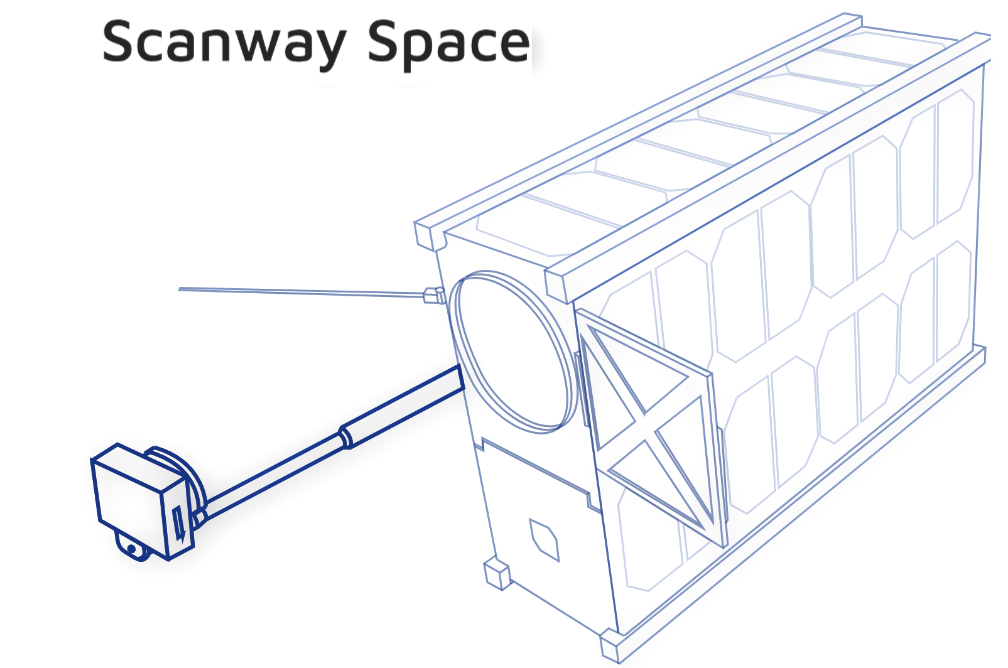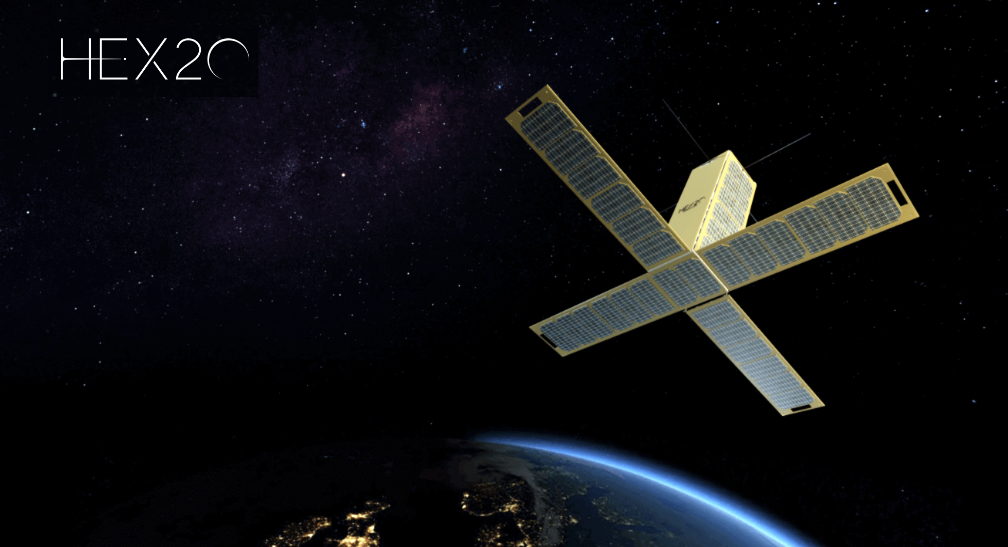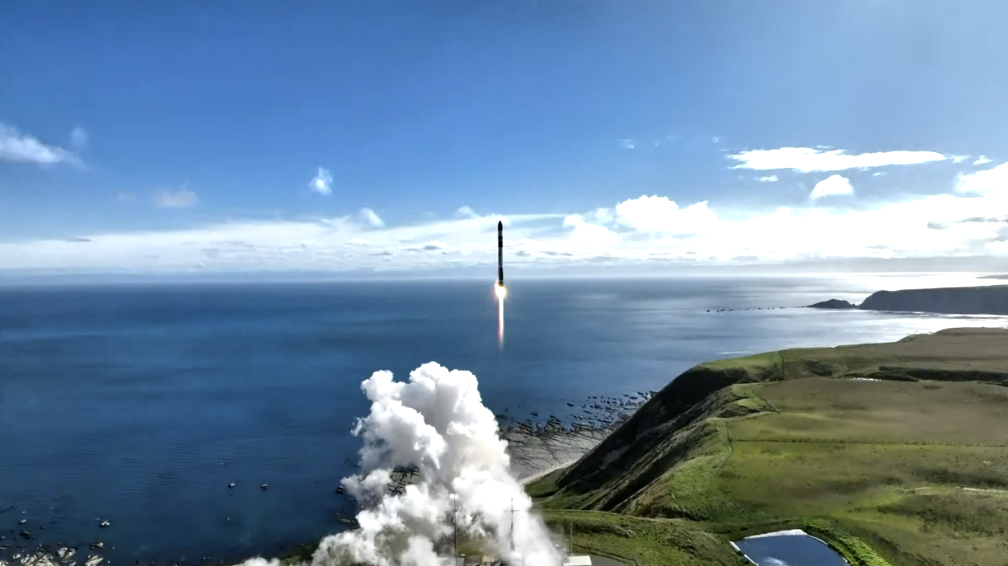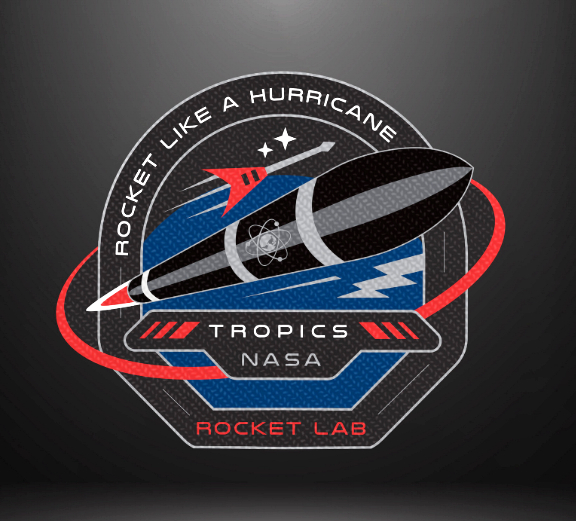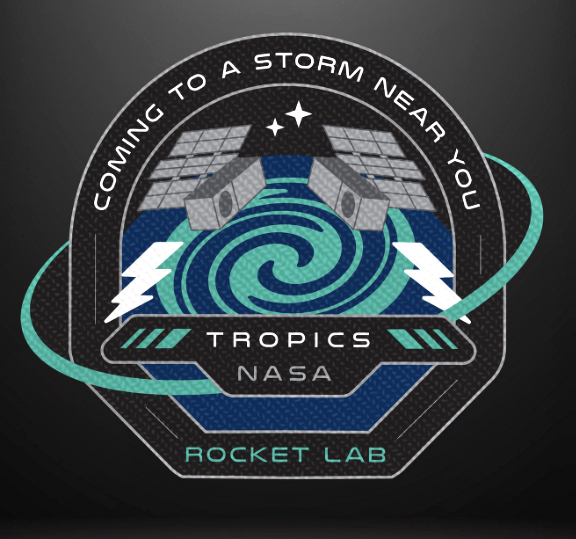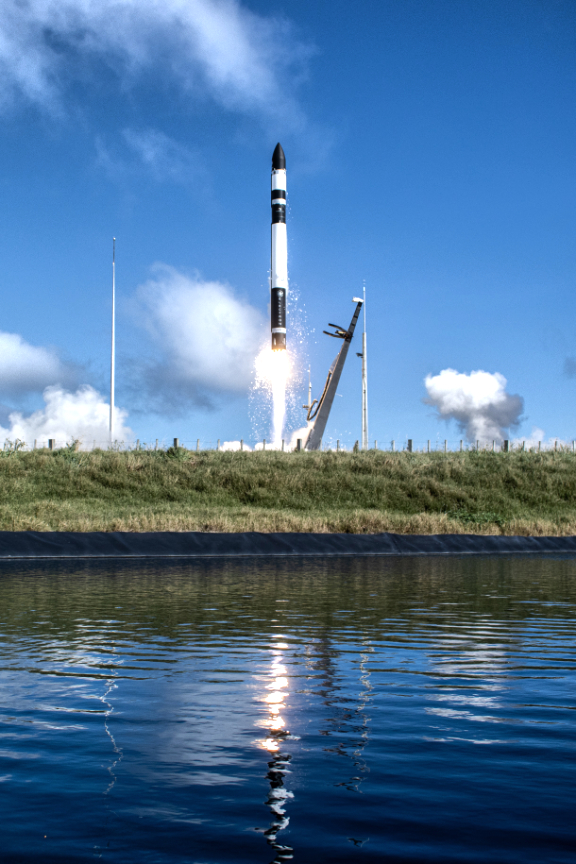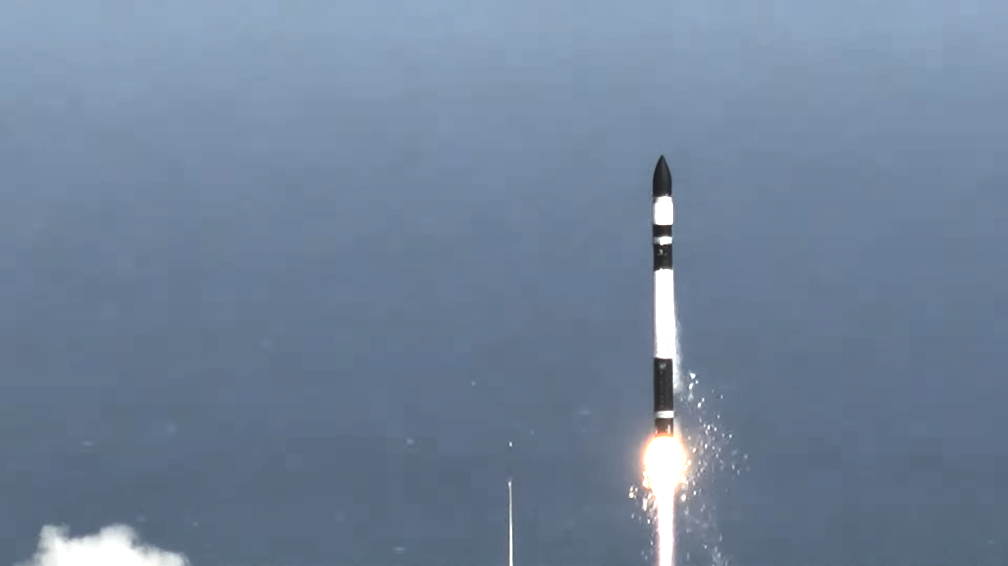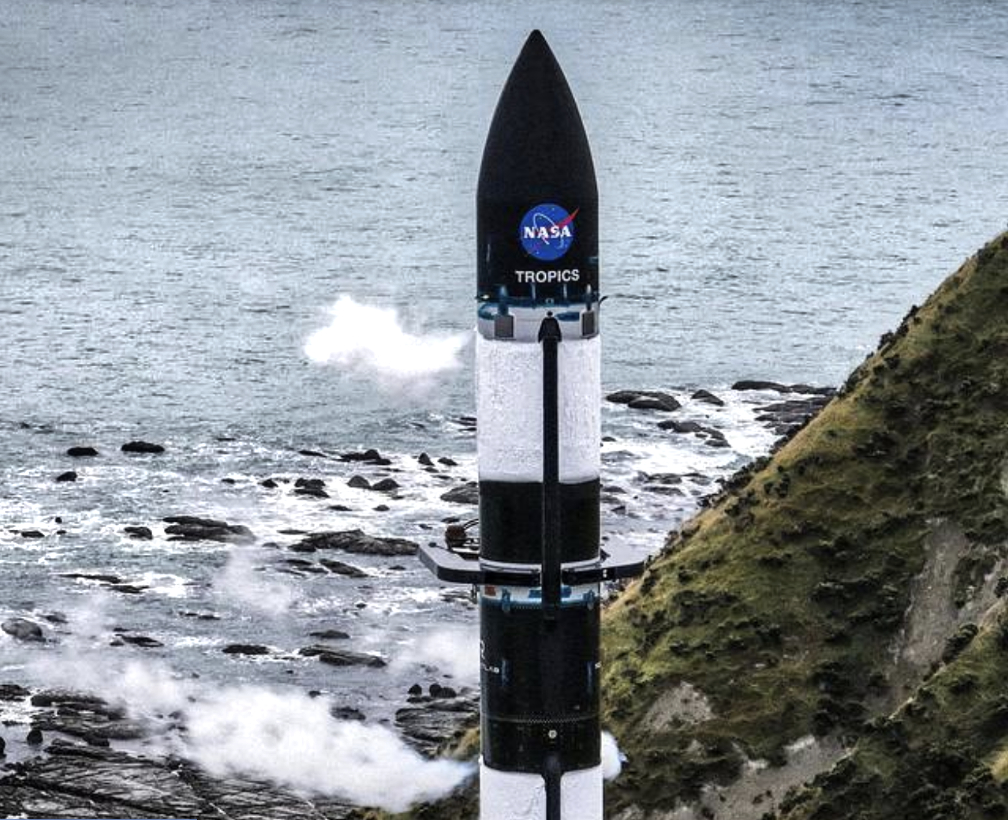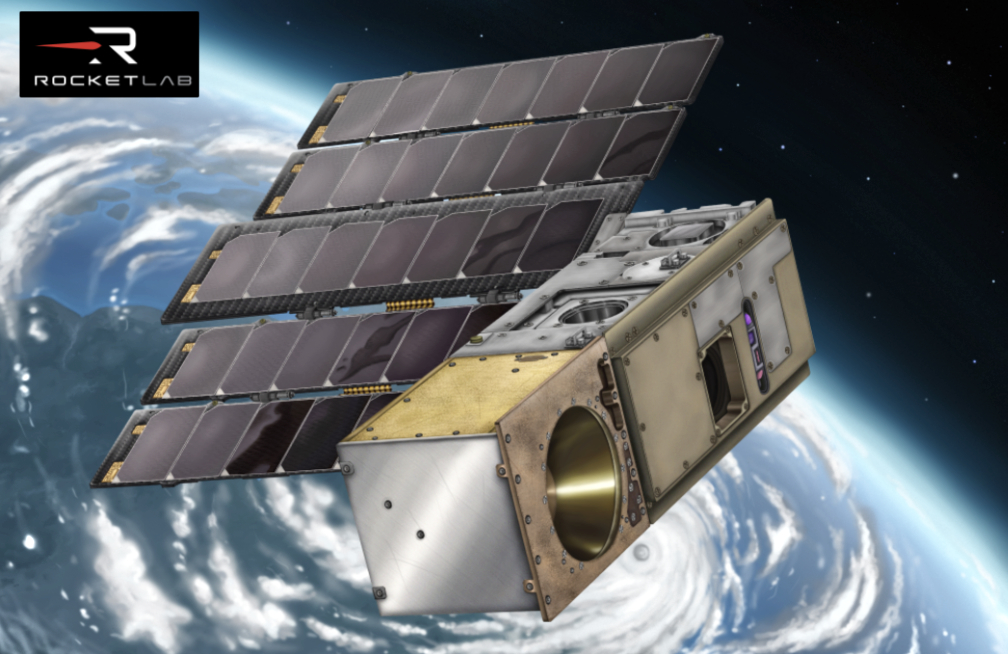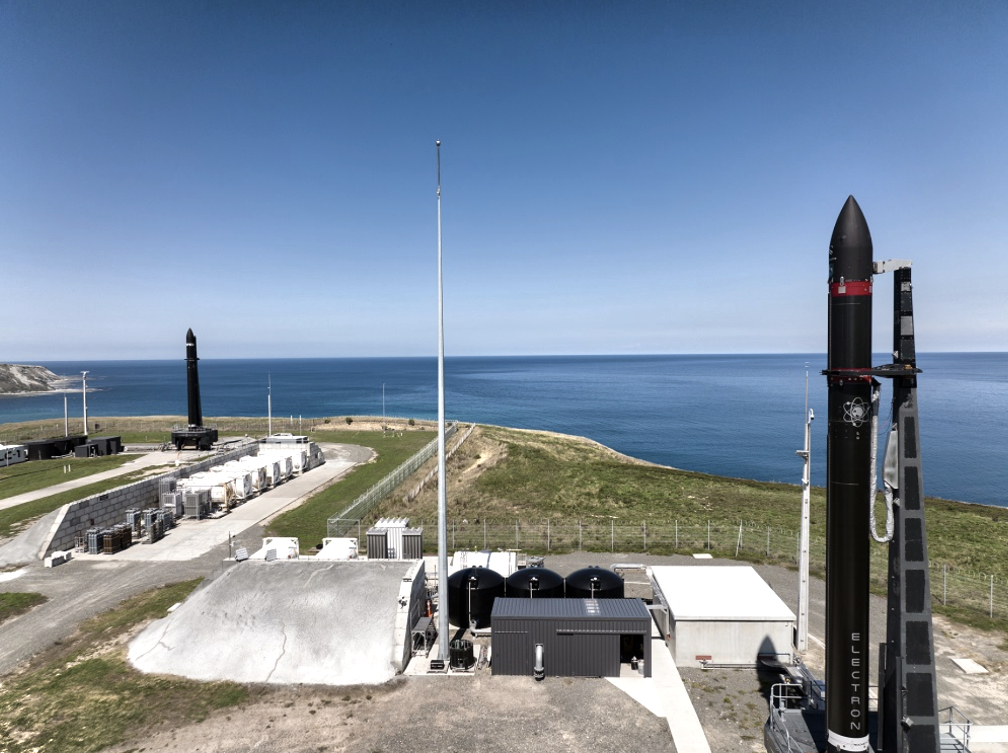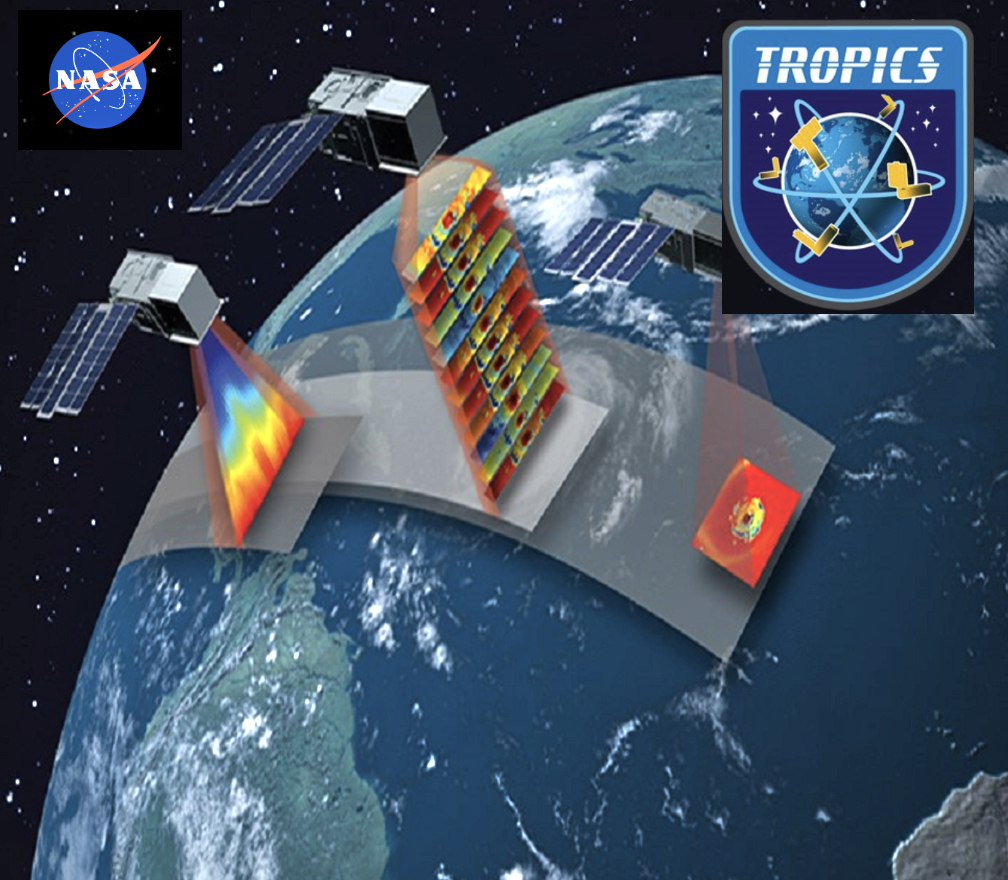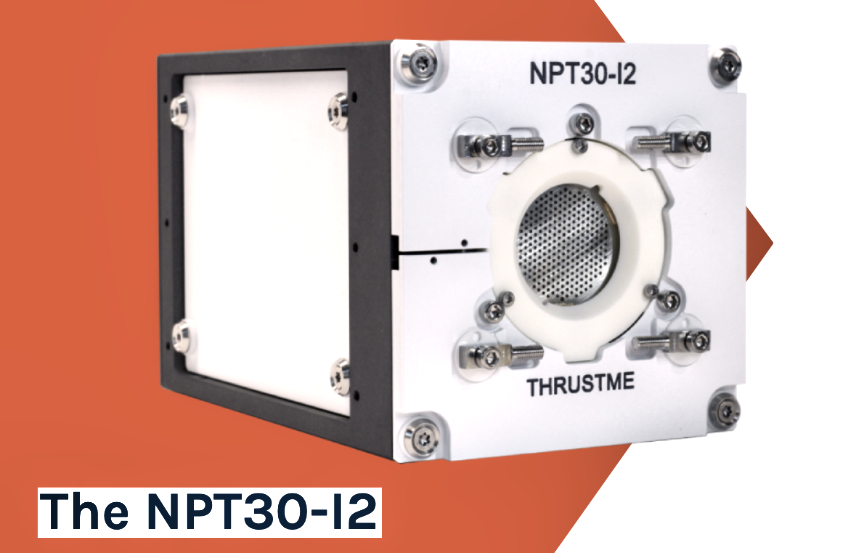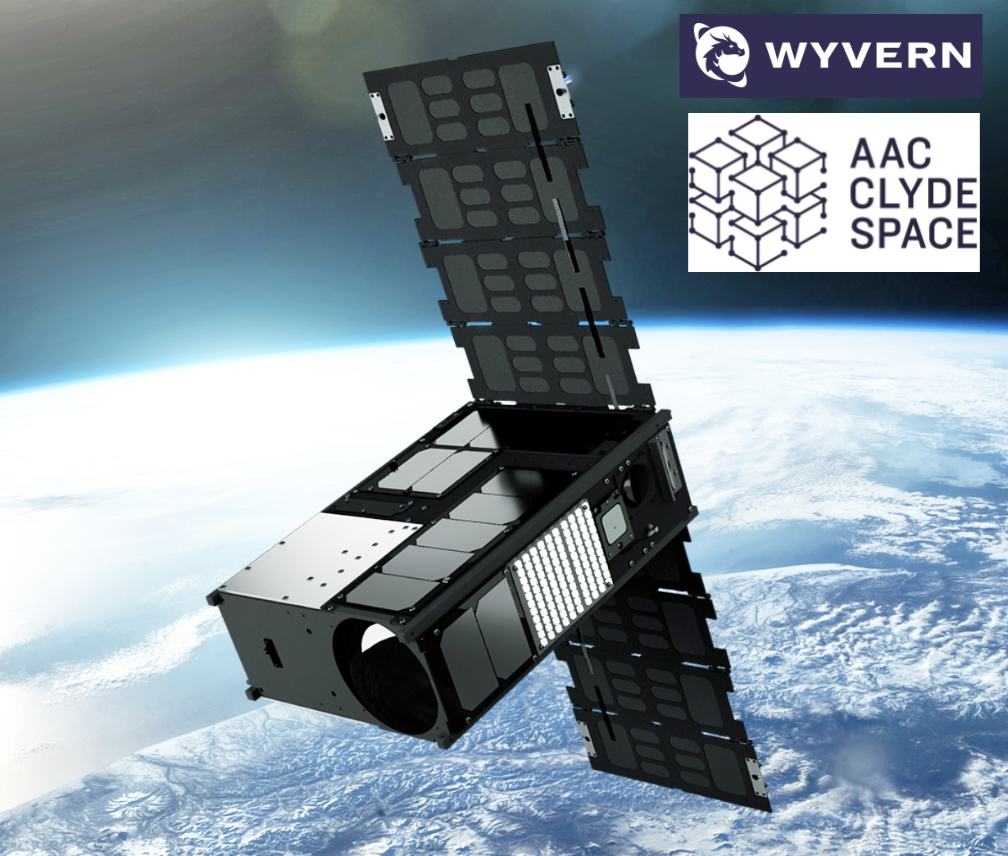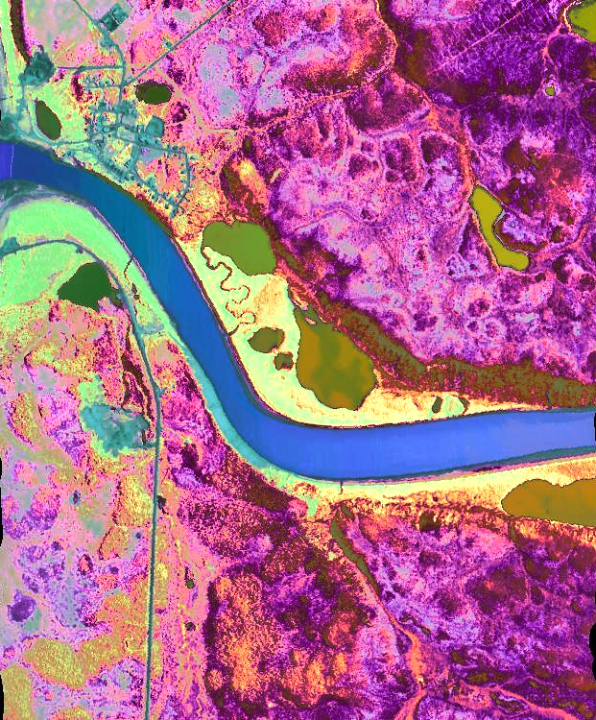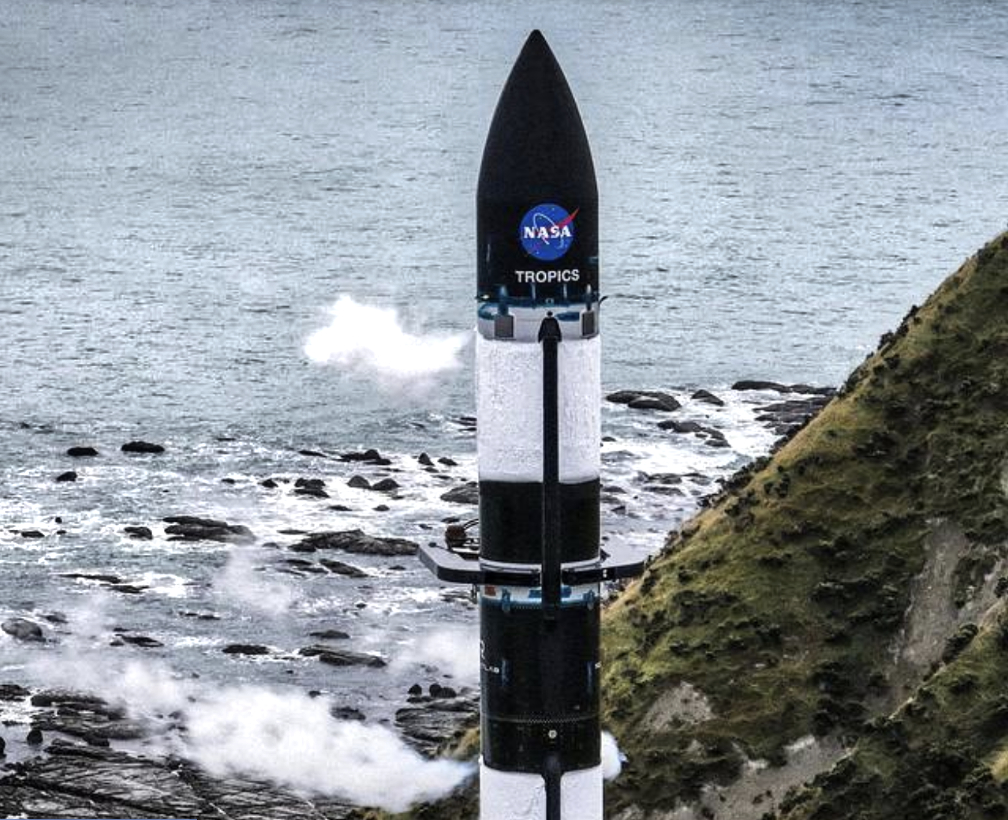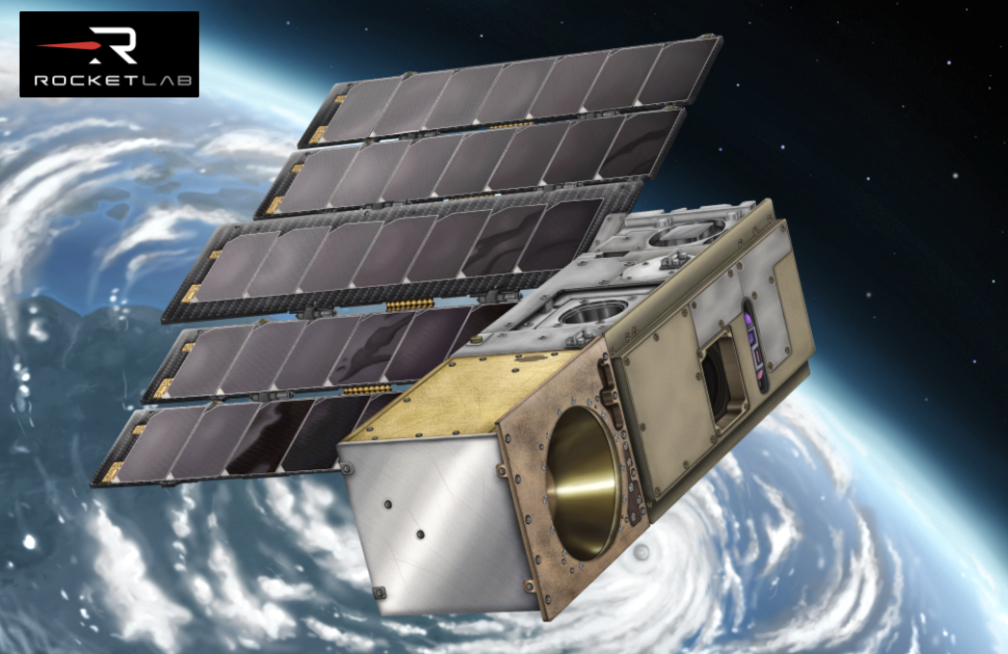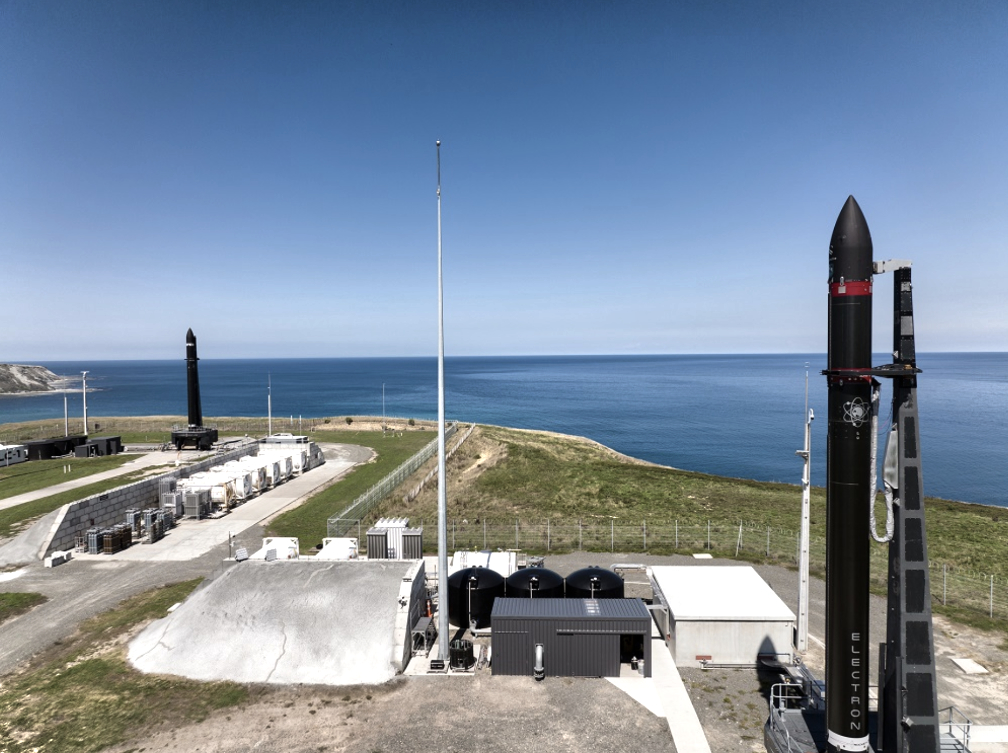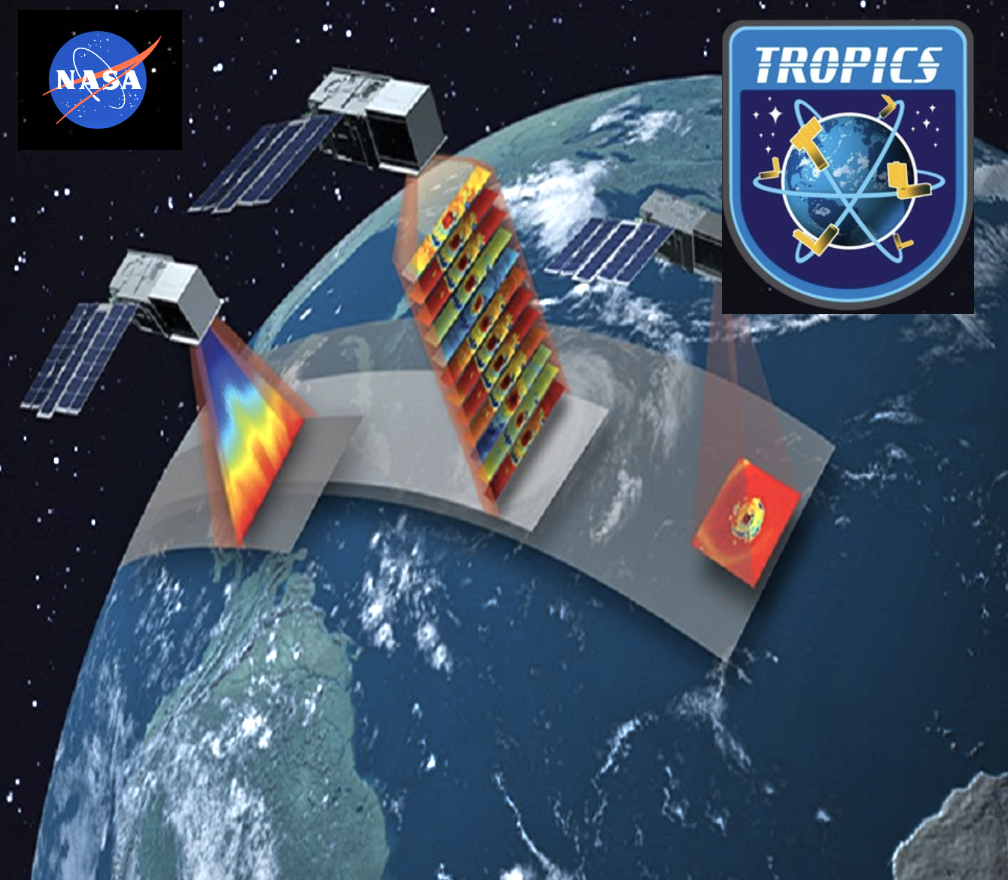
CGI (NYSE: GIB) (TSX: GIB.A) has been awarded a further contract by the European Space Agency (ESA) under ESA’s ARTES Core Competitiveness program, with the support of the UK Space Agency, to expand the development of its Dynamic Predictive Routing (DPR) tool. The tool uses machine learning to enhance the routing of traffic in dynamic networks in Low Earth Orbit (LEO), especially those incorporating laser inter-satellite links (ISLs). This enables operators to increase revenue by optimizing network fill factor and improve customer satisfaction by responding more quickly to changing user demands.
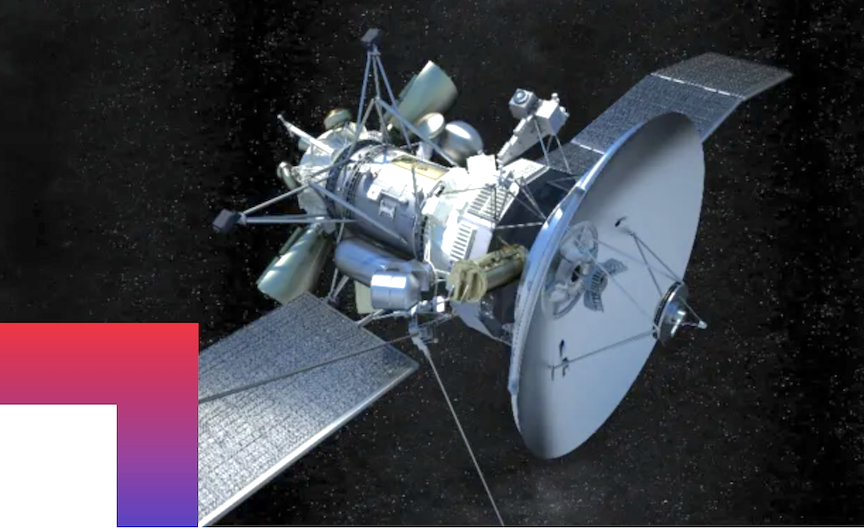
During the first phase of work, CGI successfully demonstrated that its machine learning-based routing tool for satellite planning was more effective than the current state-of-the-art tools. The CGI tool allows a satellite operator to implement a standards-based Software Defined Network across the space and ground networks, with a machine learning-enabled central controller and on-board agents controlling virtual routers on the satellites. This new phase of work will formally demonstrate the achievable performance on space-qualified hardware under realistic network loading conditions.
CGI continues to work with TESAT-Spacecom, a market leader in the field of telecommunication payloads and laser communications, to develop this project. The DPR project builds on CGI’s end-to-end artificial intelligence (AI) accelerator platform, called CGI AccelerateAI360, together with a series of solutions for the global satellite communications marketplace which form the CGI Autonomous Satcom Solutions (AUTSS) program.
Jaime Reed, Vice President for CGI’s UK and Australia Space Data Platforms and Applications, said, “Dynamic Predictive Routing continues to demonstrate the utility of applying machine learning techniques to some of the most difficult problems in satellite communications planning. With this ongoing development we will help satellite operators achieve market-leading results with a proven solution, based on CGI’s ability to master end-to-end network control and optimization.”
Dietmar Schmitt, Head of Technologies and Products Division at ESA, added, “We are proud of our longstanding collaboration with CGI and pleased to continue to work with them on the DPR project.”
For more than 40 years, CGI has delivered complex, mission-critical space software systems for clients across Europe, Australia, Asia and North America, from supporting satellite navigation, communications and operations, to space-enabled applications.

